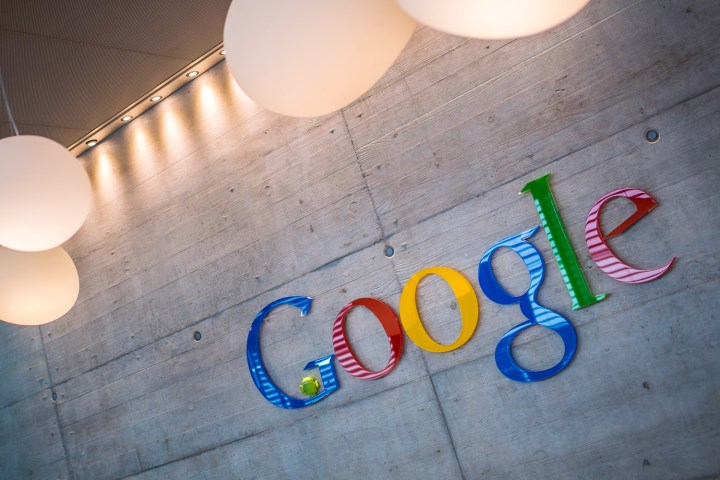
What happens after these startups are identified? The Sand Hill team helps get them acquainted with Google, of course. According to a report from Wired, the team will help develop an Android app for the startup, get it connected with Android Pay, and get it on Maps, Google ads, and the other Google services that could be helpful to the startup and make Google a little cash in the process.
Of course, Sand Hill isn’t the only arm of Google designed to find skyrocketing startups — the company also has Google Ventures, aimed at finding startups in which to invest money. Project Sand Hill, however, isn’t aimed at investing — it’s aimed at tracking. As project head Suman Prasad said in the Wired report, startups are increasingly growing very quickly — and Google wants to get to them before they become a household name.
The project makes sense for Google — the company is always trying to keep itself current and fresh, even going as far as to completely restructure itself to do so. The company is obviously trying to create its own “moonshots” on the inside, but Sand Hill is looking for the moonshots outside of the company. The project could also lead to Google acquisitions.
There are a number of growing companies that are part of the program, including the likes of MyFitnessPal, Hotel Tonight, and Eventbrite. Some of the companies in Project Sand Hill have reportedly even become what they call “unicorns,” or companies valued at over a billion dollars. One such company is a small startup that goes by the name Lyft.
It will certainly be interesting to see how Google influences the tech landscape in the near and distant future — but if it wants to remain a big part of the technology world, keeping an eye on innovative startups is a good start.
Editors' Recommendations
- Wildfire smoke prompts Google to issue work-from-home advisory
- Google Wallet is back and it has some new tricks
- Google is making Android devices work better together with expanded Fast Pairing
- Google’s 3-year update promise for the Pixel 6 is disappointing but predictable
- Google Fi: Phones, plans, pricing, perks, and more explained

